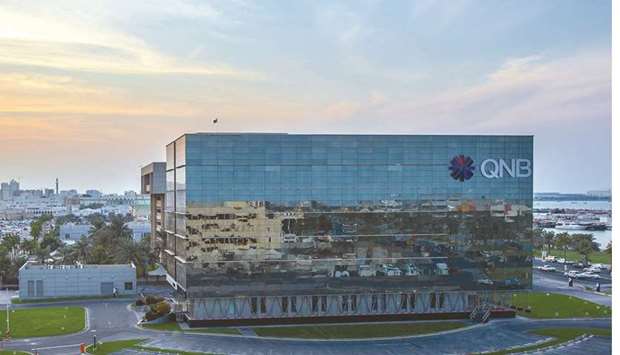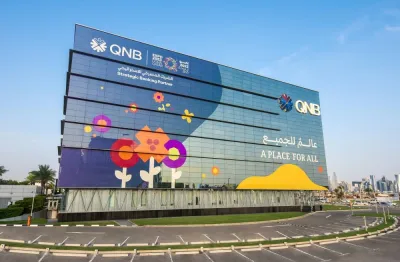*Higher hydrocarbon prices and spending restraint will see the budget steadily improving
Helped by higher hydrocarbon prices, government finances are expected to steadily improve with Qatar’s budget seen in “broad balance” this year, before returning to a “healthy surplus” in 2019, according to QNB.
“Higher hydrocarbon prices and spending restraint will see the budget steadily improving,” QNB said in its ‘Qatar Economic Insight- September’ released here on Wednesday.
The fiscal deficit "narrowed" to 1.6% of GDP in 2017 from 4.7% in 2016. The "fall" reflected government expenditure "restraints" in the face of "slowing" revenue growth, it said.
Qatar’s Ministry of Finance data shows that total expenditure "slipped" by 2% in 2017 versus 2016. Importantly, capital spending on major projects was sustained with growth of 2.6% last year.
Meanwhile, revenues grew by 9% in 2017, helped by the increase in hydrocarbon prices, QNB said.
On the expenditure side, spending is expected to show modest overall year-on-year (y-o-y) growth in 2018 as "restraint" in current spending continues and, as Capex spending on large infrastructure projects and the 2022 World Cup starts to "flatten out".
2019’s more relaxed climate should then allow for some pick up in current spending and increased transfers, such as to QIA or debt repayments, as the surplus grows.
On the revenue side, QNB noted Qatar’s growth rates will be lifted by higher hydrocarbon revenues as the full benefit of the doubling of crude prices from June 2016’s level is felt and the partial lifting of Opec output caps spurs the modest output gains embedded in its GDP forecast.
As a result of the recent strength in oil prices, QNB has revised up its forecasts for average annual oil prices to $72/b for 2018 from $69/b and to $69/b in 2019 from $66/b.
Both demand and supply factors, however, suggest a tilt towards lower prices in 2019 as global demand cools and infrastructure constraints on US shale supply fade.
The expected introduction of VAT in 2019 will boost revenues by around 1¼% of GDP, helping diversify and reduce volatility in government revenues.
Qatar’s GDP growth is forecast to improve to 2.6% this year from 2017’s 1.6% out-turn, QNB noted.
On the hydrocarbon side, modest growth of 0.2% is anticipated, which would end four years of declines.
The lifting of Opec production cuts should modestly boost crude oil production, while the end of maintenance work and temporary shutdowns should start to spur a recovery in LNG output through the year.
A further pick up of 0.7% in hydrocarbon output is then expected in 2019.
“Qatar’s economic performance remains resilient,” QNB said and noted that despite the economic blockade imposed by some of its neighbours, the economy grew by 1.6% in 2017.
An important drag on growth was the hydrocarbon sector, which contracted by 0.7% as a result of Opec output cuts and maintenance on LNG trains.
Growth in the non-hydrocarbon sector slowed from a buoyant 5.3% to a still-solid 3.8%, proving resilient to the temporary disruption by the economic blockade on Qatar by some of its neighbours.
Construction, which accounts for 21% of non-hydrocarbon output, remained the key growth driver, it said.
Construction output was up 17.5% in 2017, supported by key infrastructure projects related to Qatar’s Vision 2030 and also the 2022 World Cup.
The construction sector’s buoyancy has continued so far in 2018 with the latest data showing output up 17.2% year-on-year (y-o-y) in the first quarter.
Growth in the manufacturing sector, which accounts for a further 19.5% of non-hydrocarbon GDP, recovered to 1% as projects aimed at greater self-sufficiency and food security start to take effect.
Their impact can be seen more clearly in recent quarters with manufacturing output growth up 3% y-o-y in Q1, 2018.
Total non-hydrocarbon GDP growth was a robust 4.9% y-o-y in Q1, 2018, starting the year on a "strong footing", QNB said.




